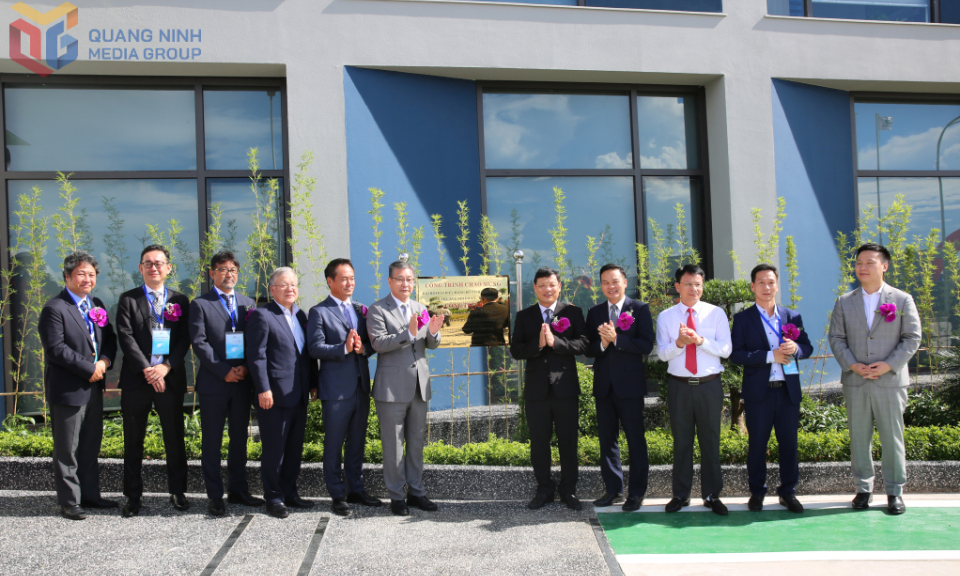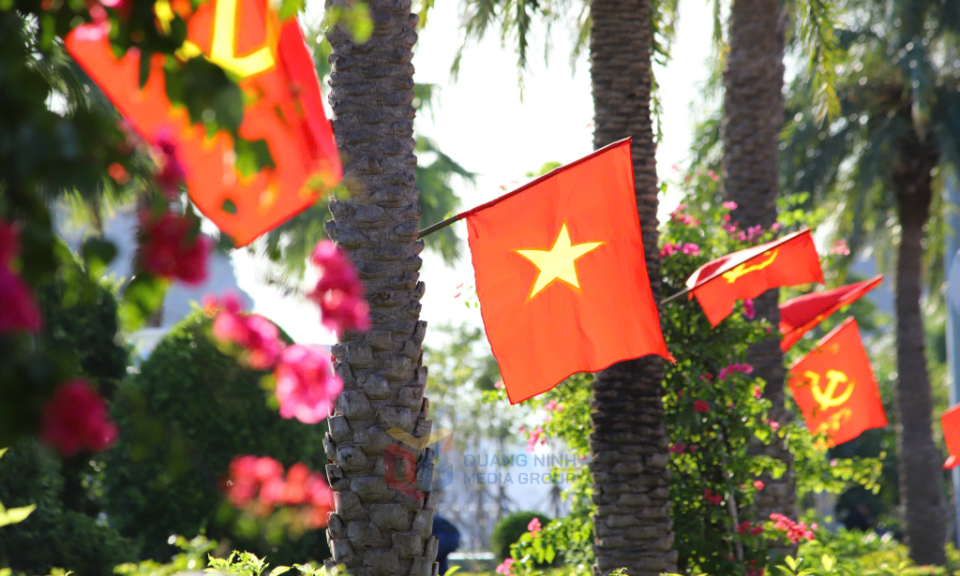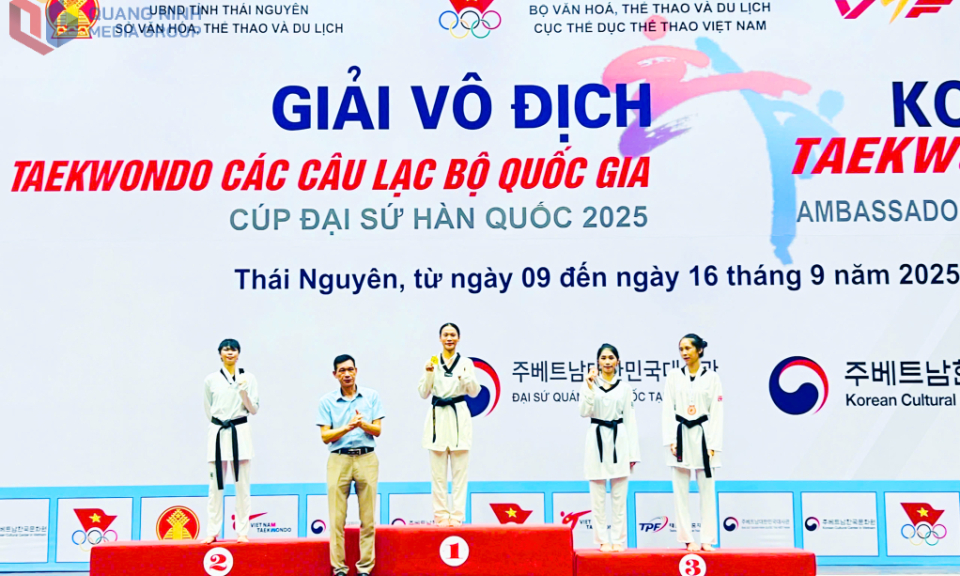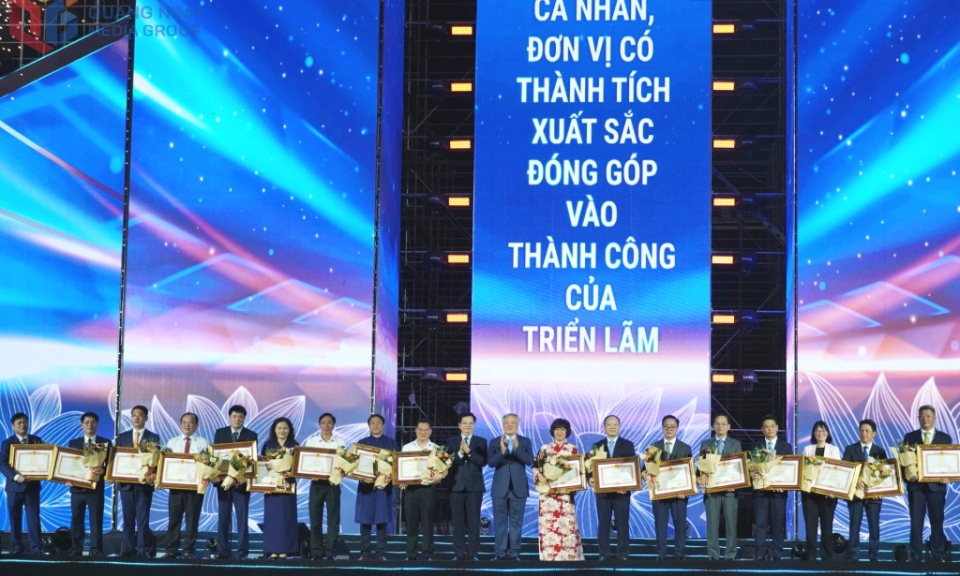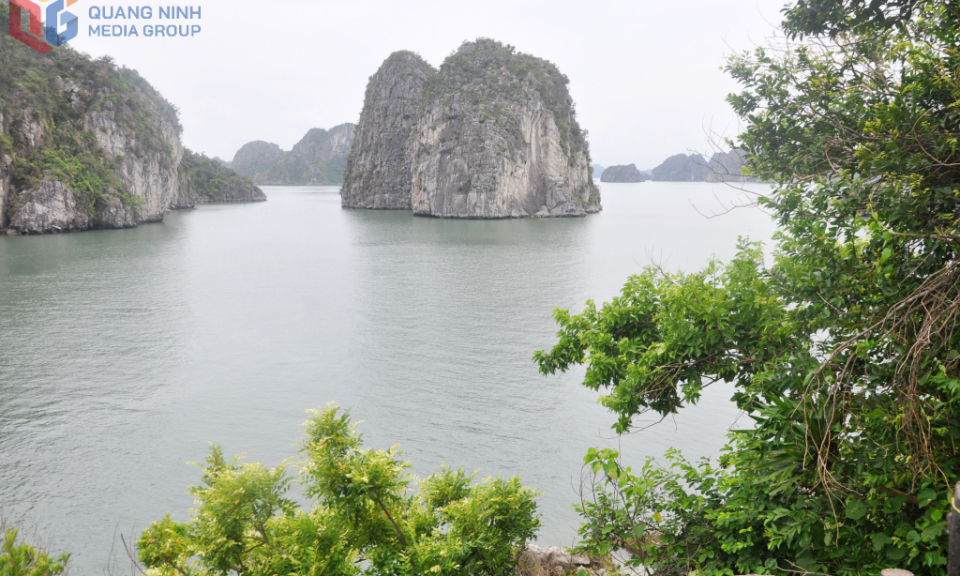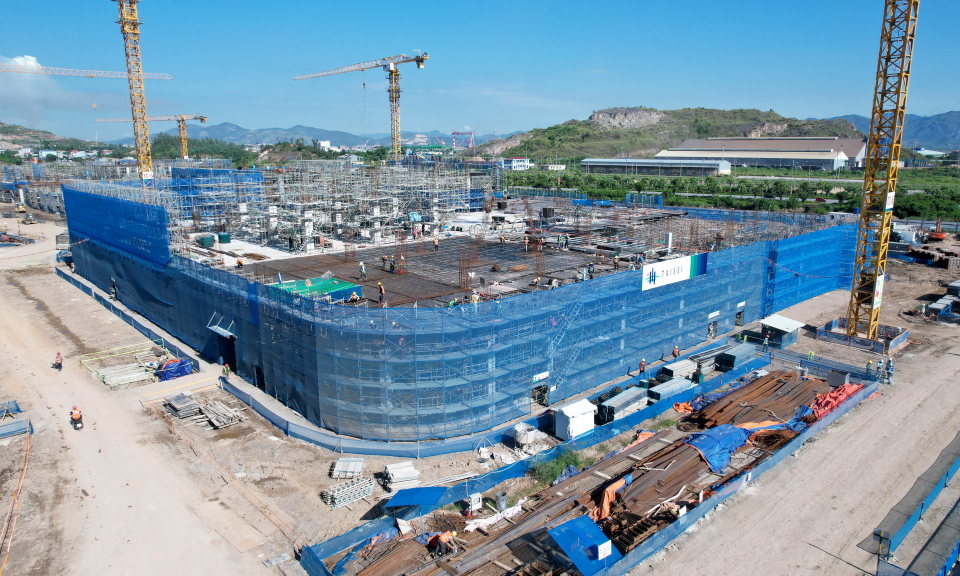Quynh Lam pagoda festival to commence on Feb.20
The festival of Quynh Lam pagoda is scheduled to take place at Trang An commune in Dong Trieu district on February 20, or the 1st day of the second lunar month.
The opening ceremony will include opening festivities, the praying for a peaceful world, happy people and attracted thousands of locals and tourists.
The two-day festival will also covers a wide range of cultural and sports activities.
Located at Dong Trieu district, Quynh Lam pagoda used to be the largest Buddhist center of Viet Nam during the 17th and 18th century. The pagoda was built at the Pre-Ly Dynasty (about the end of the 5th century, begin of the 6th century) and has been restored many times under the Dinh, Early Le, Ly, Tran, Le Dynasties.
Before the pagoda is a great lake, while the three remaining sides are surrounded by hills and mountains. It was embellished and completed in Ly, Tran Dynasties. During the 11th and 14th centuries, the end of Le Dynasty, and in the 17th and 18th centuries, it developed into the main centre of Buddhism for the entire country.

In the 14th century, the Quynh Lam Pagoda became an even more important Buddhist centre with the activities of the monk Phap Loa Dong Kien Cuong, a member of the second generation of the Truc Lam Buddhist sect. It was the centre for sacred books and for preaching Buddhism, as well as a training-site for future pagoda wardens. Many associations, famous in Vietnamese literature and history, were organized here.
In 1319, Phap Loa calls for blood donation from Buddhist followers to print over 5,000 copies of Dai Tang sutras, which are kept at Quynh Lam Buddhist Institute. In 1328, he had a statue of Maitreya cast. A year later, he brought a part of the bone ash of Tran Nhan Tong (the 1st patriarch of the Truc Lam Zen sect) to put into the stone stupa in Quynh Lam Pagoda.
In early 15th century, the pagoda was reduced to ruins and had to undergo many restorations. In 1727, the 7-storey Tich Quang Stupa (grave of monk Chan Nguyen, who made great contribution to the pagoda) was set up, which measures up to 10 meters. The stupa’s top takes the shape of a banyan bud. To the stupa is attached a plate which notes down the biography of monk Chen Nguyen. In mid-18th century, the pagoda underwent a major restoration. It now also has bronze bells and stone gongs.

